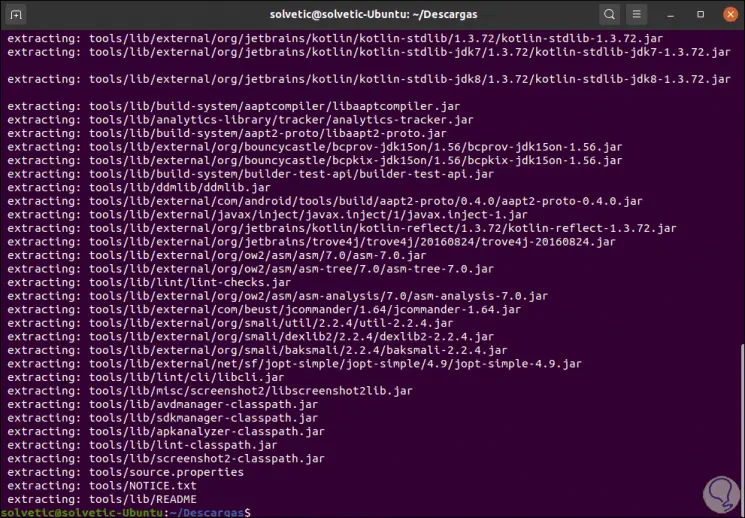
One version of the script tuned for a particular NDK probably won't work with another NDK version.

It is a moving target because Android keeps changing the KDK, the toolchains and the paths to the tools. The C-style interface will make your shared object easy to call using JNI while the Crypto++ static library will allow you to aggressively strip unused code. While you can use the Crypto++ shared object directly though JNI, you will likely provide an application specific shared object with C-style external interfaces which depends upon the static Crypto++ library. After building the library, you can push cryptest.exe and the test vectors to the device, and then execute the tests using a remote shell. There are four steps to building Crypto++ for Android, and the process will create an Android version of cryptest.exe, the dynamic library, and the static library. If you want to try an Android.mk and Application.mk, then see the Android.mk wiki article. The instructions below use setenv-android.sh and GNUmakefile-cross for cross-compiles. (Here’s a link to the Android adb page.This page will provide instructions for cross-compiling Crypto++ on the command line for Android. Check your current adb command with adb -help to see more information on all of these commands, and more. There are many more adb commands you can use. # sqlite3 data/data//databases/MyDatabase.db

(Here’s a little more information about using the Android adb uninstall command.)įinally, use this adb command to start SQLite, giving it the name of your database: This command lets you uninstall an Android application, where the argument given to the uninstall command is the root package name of the app: Kill-server kill the server (if it's running) Here's a brief list of frequently used commands:Īdb pull copy a file or directory from the emulator or deviceĪdb push copy a file or directory to the emulator or deviceĪdb install Foo.apk install the APK file/appĪdb install -r Foo.apk update the already installed appĪdb uninstall uninstall the app given by pkg You can find a complete list of adb commands here on the Android developer website. When you start the adb shell, you'll see a very simple prompt that looks like this:Īt the adb shell prompt you can enter a variety of commands to interact with your Android emulator or device.

Android FAQ: How do I start the Android command line tool (so I can interact with my Android emulator or device)?


 0 kommentar(er)
0 kommentar(er)
